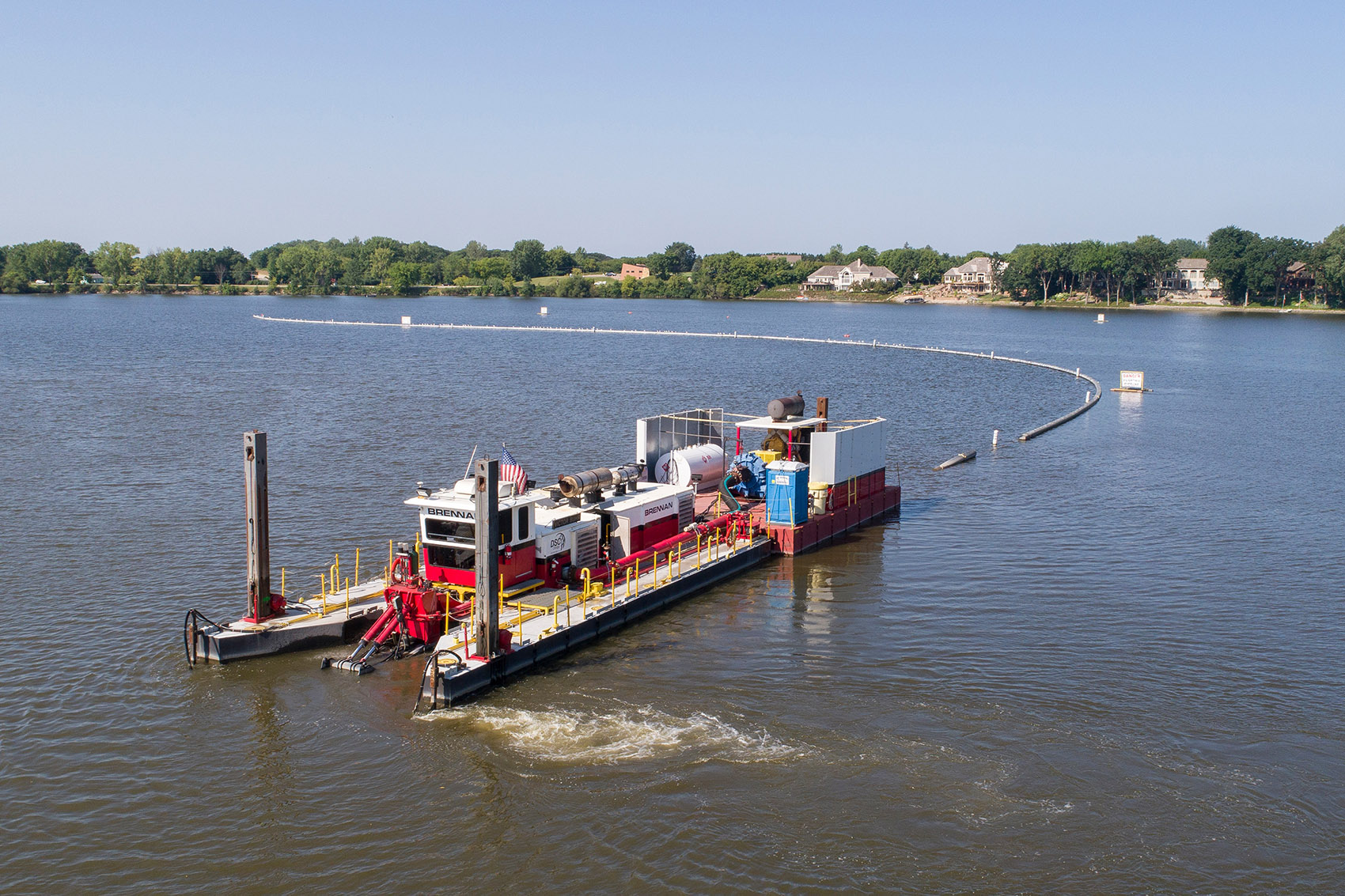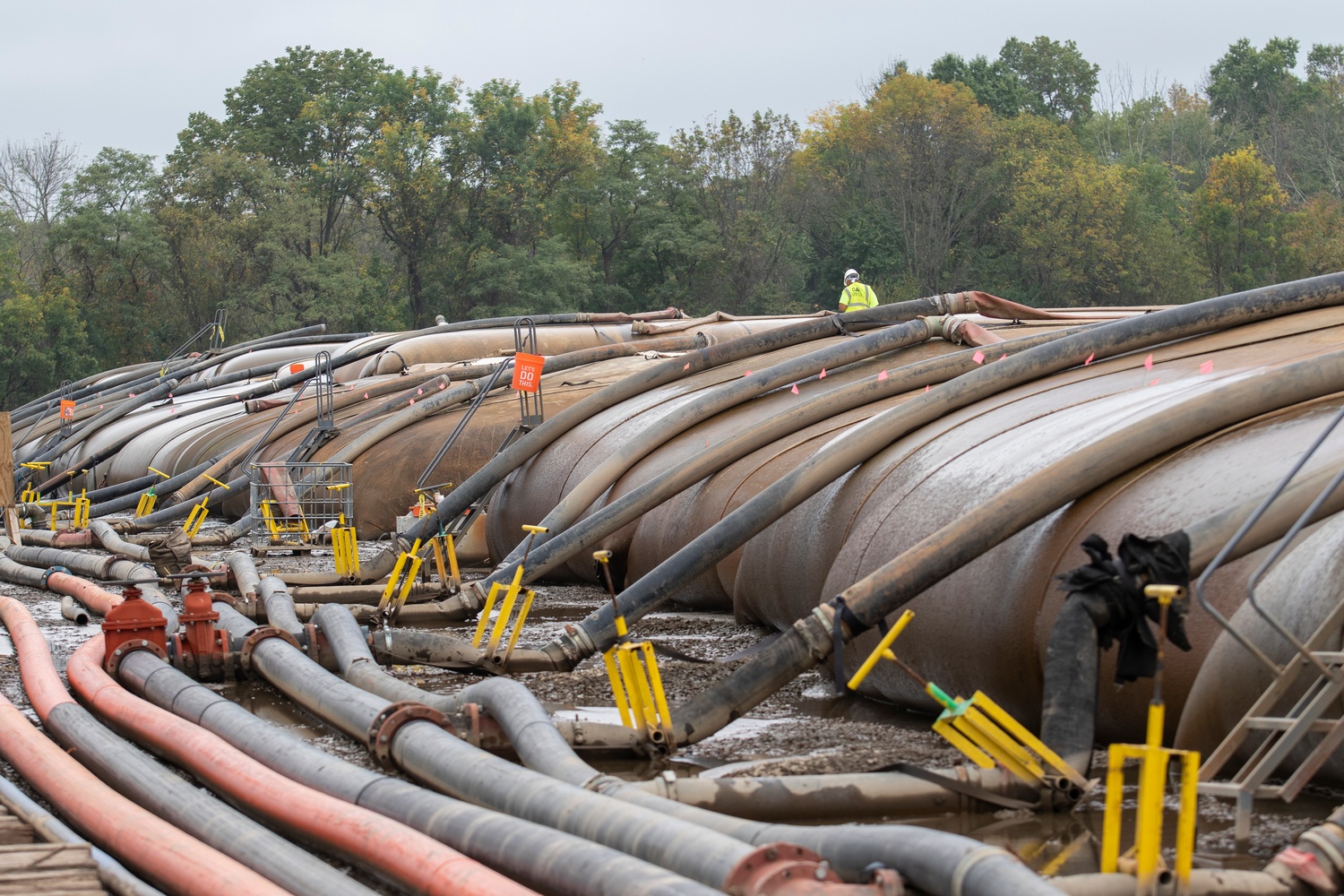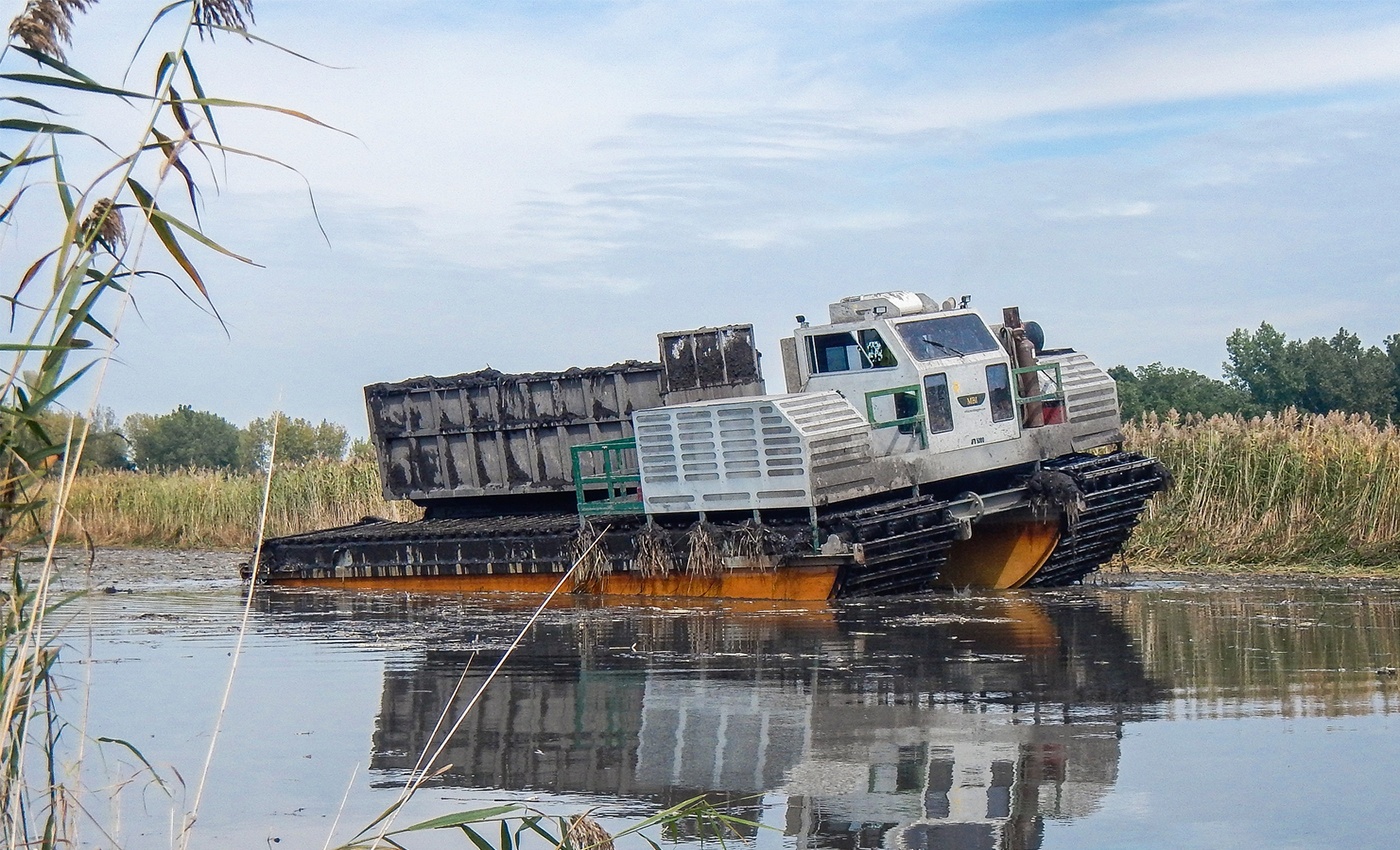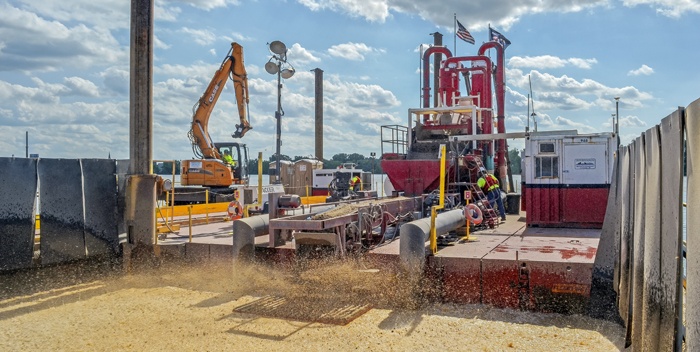Equipment-heavy industries continually push for optimal uptimes. At J.F. Brennan Company, Inc. (Brennan), we’re committed to investing in our equipment not only during the purchasing process, but also during scheduled off-season maintenance. Internally, we coined the term “Brennanize” to refer to the custom alterations our team executes upon acquiring assets as well as our carefully regimented maintenance.
- Environmental
- Marine Construction
- Dam Construction
- Harbor Management
- Railroad






 Newer Posts
Newer Posts